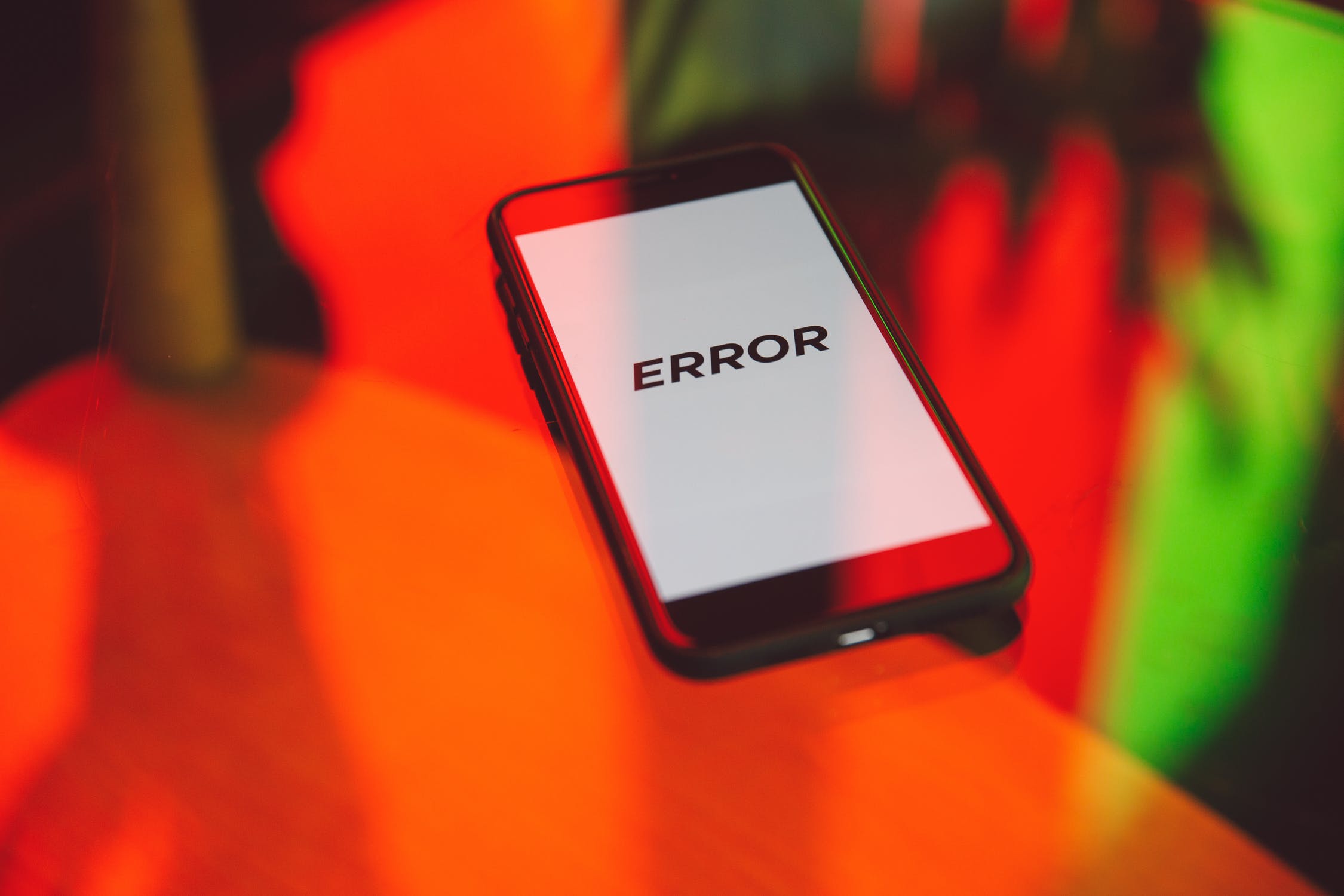Green IT: The best solutions for reducing the ecological footprint of digital technology
The intangible nature of the digital world often makes us forget its tangible impact on the environment. Yet the consumption of digital technologies accounts for almost 4% of global greenhouse gasemissions, a figure that is constantly rising.
This sector is all the more worrying in that its emissions are increasing at an exponential rate, driven by the continuing growth of digital uses, connected objects, streaming video and cloud services.
In this article, we explore the best Green IT tools available to help us create the greenest possible digital world.
What is Green IT?
Green IT refers to all practices and technologies aimed at reducing the ecological footprint of digital technology, including reducing the energy consumption of IT equipment, optimizing digital resources, and designing eco-responsible digital services.
Basically, there are two types of digital usage to consider in a Green IT context:
- Local use: for workstations, computers, internal servers, etc.
- Remote use: refers to web and cloud services that mobilize huge hardware resources via data centers, requiring cooling, maintenance and continuous energy.
More specifically, greenhouse gas emissions linked to the digital sector are mainly generated by :
- Extraction and processing of the raw materials needed to manufacture digital equipment
- Product transport
- Usage, particularly through electricity consumption
- End-of-life appliances
Fundamentals of Green IT in software development
Green IT is reflected in the lifecycle of digital software and services through :
- Writing frugal code
- Reducing the internal infrastructure required for their operation
- Test automation, more efficient and less energy-consuming
- Continuous monitoring to track ecological indicators over time

The best Green IT solutions for electricity consumption
1. Mr Suricate : responsible software test automation and Green IT monitoring
Mr Suricate is a French no-code automated testing solution. It detects anomalies on websites, mobile applications and APIs by simulating user paths at regular intervals.
By reducing manual testing and optimizing development processes, Mr Suricate reduces the consumption of IT resources.
Fewer returns to production, fewer emergency fixes: that's less energy spent unnecessarily!
And while it may sound far-fetched, Mr Suricate also offers a monitoring function. Green ITmonitoring functionality, with several key indicators:
- Size of loaded resources
- The number of requests
- DOM volume
- Estimated greenhouse gas emissions
- Water consumption

2. DRI: an eco-responsible web host
DRI is an eco-responsible French web host and outsourcer, committed to a full open source approach integrating advanced environmental practices. In addition, the company promotes transparency and digital sovereignty by hosting data in France.
Thanks to natural ventilation and adiabatic cooling, energy performance reaches a high level of optimization. Its "green by design" approach ensures a sustainable reduction in emissions right from the design stage.

DRI offers a responsible web infrastructure based on :
- Energy-efficient data centers
- The use of renewable energies such as solar power, hydroelectricity and, in some cases, wind power.
- An active carbon offsetting policy
To clearly understand the concrete benefits, every customer has access to the GreenZone, which provides useful eco-indicators for tracking the environmental impact of their digital services.
3. Scaphandre: an open source tool for measuring energy consumption in services
Scaphandre is an open source agent that measures the power consumption of server processes.
Integratable with tools such as Prometheus, it provides invaluable data for optimizing configurations. For example, you can identify the most energy-intensive processes or services in order to adjust resources, review infrastructure choices, or prioritize certain software optimizations.

This real-time monitoring helps identify areas for improvement and compare different architectures. The tool also facilitates data integration into analysis tools such as Riemann or Warp10, or via JSON export.
4. Code Carbon: quantify the code's carbon footprint
Code Carbon is a Python library that calculates the energy consumption linked to code execution and provides an estimate in CO2 equivalent.

This solution is particularly relevant for machine learning or analytics-intensive projects, allowing developers to :
- Identify the parts of the program that consume the most energy
- Optimizing treatments
- Planning calculations in green energy regions
The tool integrates easily into existing Python environments, allowing you to strike the perfect balance between algorithmic efficiency and ecological performance.
For example, it can be used to compare the carbon footprint of different machine learning models, or to adjust training parameters to reduce emissions.
5. Kube Green: energy efficiency in Kubernetes environments
Kube Green is an open source Kubernetes operator designed to improve the energy efficiency of clusters (a collection of physical or virtual machines) by automatically putting unused resources to sleep during periods of inactivity.

The tool has been designed for test or development environments, and can stop certain deployments or cronjobs (scheduled tasks) according to a defined schedule to limit wastage of cloud resources.
For example, a company can configure Kube Green to automatically suspend all non-critical test environments after 7pm and reactivate them at 8am the following day.
The solution integrates easily into an existing cluster, and works with simple annotations or rules.
Essentially, this tool enables a minimalist approach to digital sobriety that reduces ecological impact while optimizing costs for companies with intensive use of the Cloud.
6. Ecoindex: assessing the environmental impact of websites
Ecoindex is an online analysis tool that evaluates the environmental impact of web pages according to :
- Page weight
- The number of requests
- The complexity of the DOM
The analysis is free, automatic and helps you identify which parts of your website should be prioritized from an environmental point of view.

A good Ecoindex score means :
- A faster site
- Less energy consumed by the user
- Better natural referencing (SEO)
- Enhanced user experience (UX)
So web optimization becomes both an ecological and a marketing lever!
Mr Suricate - Leader in no-code test automation
By reducing resource consumption, optimizing product lifecycles and cutting carbon emissions through Green IT strategies and practices, companies can integrate digital sustainability into their software development practices.
When it comes to Green IT, test automation is an indispensable practice, and we at Mr Suricatewe cover a wide range of automated tests, so that you can control your acceptance testing and offer your users the best possible experience.




